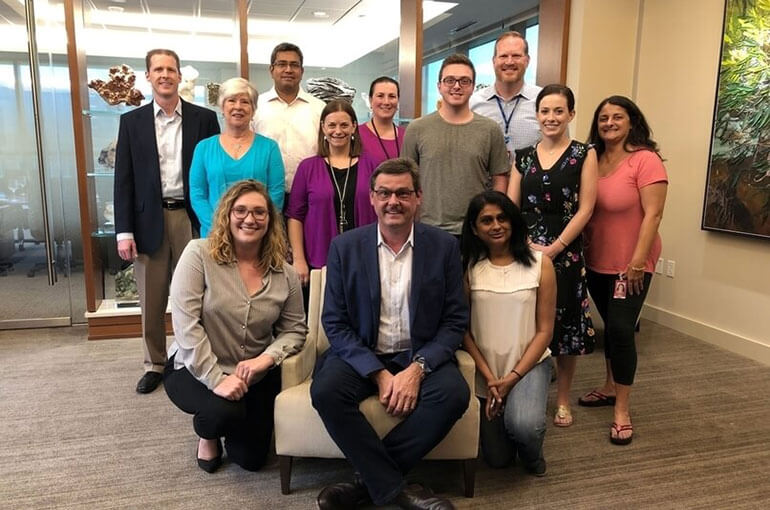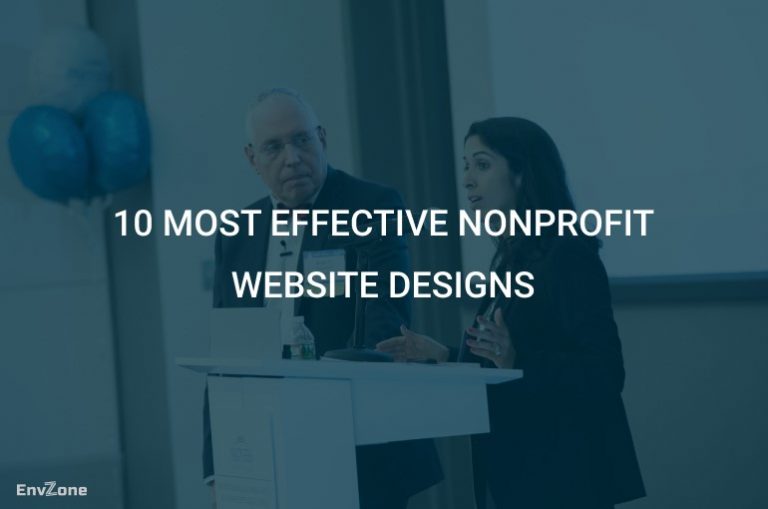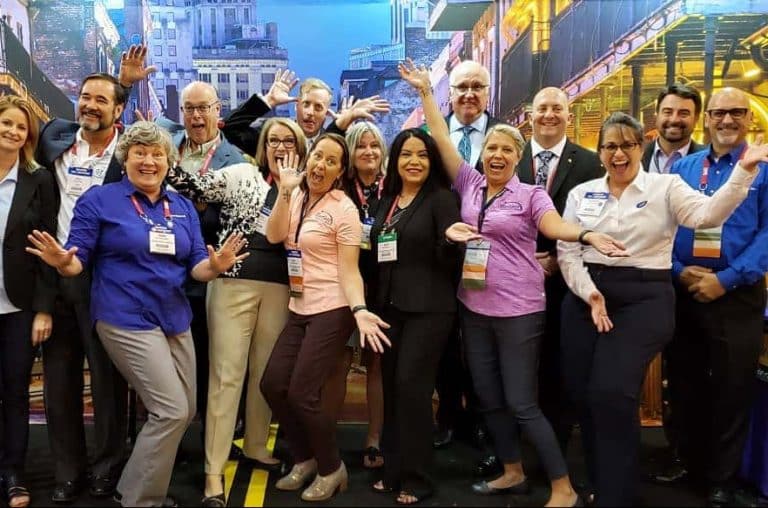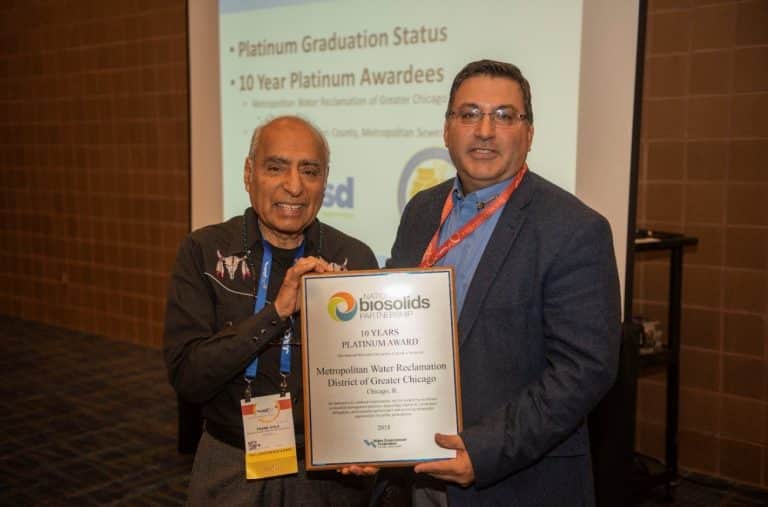7 Basic Steps To Perform Digital Marketing For Nonprofits Effectively

Nonprofits have just started needing to increase awareness and buzz around. But their tight budget brought a lot of difficult and to resolve this problem. We offer you and your team some digital marketing for nonprofits. Some ways are free and some you must pay, therefore you must consider and select way matching with your nonprofits’ goals.
What Are Nonprofits?
A nonprofit organization doesn’t distribute its revenue surplus to shareholders or leadership team. This revenue surplus is used to sponsor big objective towards the whole society. These organizations are accountable to their donors, volunteers, receiver within their program, and the community around them. Many nonprofits rely on aid from volunteers and mostly serve public interests.
What Is A Digital Nonprofit Strategy?
Putting it simply, a digital nonprofit strategy is a process of performing overarching fundraising or donor acquisition goals through digital marketing. However, the digital environment is very louder and busy. Though nonprofit organizations want it or not, they must also use digital tools to compete for donor attention. This is a challenge without an overarching strategy to unite them. Therefore, if there were no digital nonprofit strategies, these organizations can lose focus and visibility.
Process of Digital Marketing For Nonprofits
Step 1: Determine goals before planning digital marketing for nonprofits
You need to determine large and small goals because each goal will play a foundation role to develop the entire plan. This is not surprising, but the importance is your team must use a more systematic approach to define goals. Make sure that you know what you want and need to accomplish. For example, raise a certain amount of money, increase public awareness of your mission, grow your audience or base of advocates, etc. You need to develop generalized goals concretely through these following steps:
- Identify gaps in what members of the organization are performing. Certainly, there will be some issues or shortcoming causing problem such as wasting resources or under-performance, etc. This updated strategy will find out problems need to be improved.
- After identifying gaps, you should analyze key metrics in your existing database. Because this data will make targets quantifiable and it is easy to develop. Your organization’s goals can be ambitious, but they must be realistic and concrete.
- Think about the nature of your goals and the types of tech tools that you need to accomplish them. However, sometimes things you need may not be things you have. You should conduct an audit of your current toolkit and the skillset of the team. Then using existing tools or investing new tools for goal development.
- Presenting goals to stakeholder such as director, board, and high-level staff members, etc. They are who will be directly involved in executing your new digital strategy so goals should be reviewed and judged by them. In addition, donors, constituents, or community members can also give suggestions depending on each goal .
- After determining goals, you must make sure long-term goals matching short-term plans and concrete financial targets as well as there is no conflict at play.
It’s time to think about specifics because each different organization will have corresponding deadlines, goals.
Step 2: Examine your nonprofits’ online audiences
Creating a survey about online behavior and interests starts with digging into your existing data. Use your website, Google Analytics, your CRM, and email management platform to identify trends in how your existing audience engages with your web presence. Measure the effectiveness of used digital marketing strategies. Which strategies are the most successful or least successful? This can yield some valuable information for you to comprehend audience insights, for example:
- Donors engaged heavily with these social media content and fundraising campaigns but not others. Were there any differences in social media strategies between organization?
- Your email appeals are highly effective at attracting low-level donors, but they fail to maintain engagement with mid-level donors year over year. What is the difference between email messaging sent to donors?
- Digital marketing campaigns successfully attract new website visitors, but a large portion of them immediately exit out. Are there any technical issues or design elements causing the high bounce rate?
When knowing who your online audience are, you will perform goals based on their interests, needs, and wants.
Step 3: Define constraints on the digital marketing for nonprofits
Each organization always has some constraints, they will affect digital strategy, but you must determine constraints in the concrete. For example:
- The first constraint that comes to mind may be budget. It obstructs the development of your nonprofit organization about new digital marketing and fundraising strategies. Therefore, you should determine a concrete financial limit early on.
- Stakeholder interests should be considered to assure the organization’s new digital strategies don’t contradict or violate the interests of those you serve or who generously support.
- A new database platform or custom support from a technology consultant will depend on the organization’s budget. Technological constraints will reduce the effectiveness of digital strategies so that you should make those considerations and estimates before performing plans.
Step 4: Equip your nonprofits with the tools digital strategies require
Nonprofit organizations want to scale up operations usually investing in new tech tools. Of course, you’ll need to take a systematic approach to understand the organization’s tech needs before jumping right into the buying process. Some demands about digital brand exist online and where your donors interact with it such as:
- Organization’s website
- Digital advertising campaigns
- Social media pages
- Email marketing campaigns
Then, consider software that your organization uses to pursue digital goals on each of these digital properties. For example, CMS, website builder platform, marketing software, social media marketing tools, and email marketing platforms, etc. They play important roles for your organization, but they can contain any gaps in the toolkit that you need to check for them to work better together.
To have the best choices, consider bringing on a nonprofit technology consultant to perform an audit of the organization’s digital setup. They can identify gaps that need addressing quickly and help you build out fully customized campaign-specific solutions.
Step 5: Craft concrete plan for digital marketing strategies and consider each channel
After identifying the necessary tools, platforms, and software, you begin to implement them and examine each communication outlet involved in your nonprofit organization. These tools will promote digital strategies to drive traffic and engagement with the organization’s online fundraising or advocacy campaigns. Some digital strategies can combine with above-determined tools, platforms, and software to get goals such as:
Nonprofit organization’s website
- Your organization’s website is a center of digital strategies having a good design, useful information and it is fully integrated with your online fundraising and CRM platforms whenever possible. Because it is used to create and post valuable content that can then be used across your other digital outlets. All the readers are attracted by strategies will be directed to the organization’s website. Therefore, a website must be optimized to convert readers to donors, subscribers, or advocates. When their support is acknowledged on the website, they will share this content via their social media channels.
- Plus, the website should have backlinks in order to improve the foundation’s reach. Using social sharing icons (Facebook, Twitter, Instagram, and others) on all the organization’s pages will optimize results and improve the website’s reliability.
Social media presence
- Social media has changed the world for the better. the easy-to-share feature will help platforms such as Facebook, Twitter, Instagram, and Pinterest becoming a great tool for charities and nonprofits. The more people follow the organization, it is easy to reach wider audiences and the more people will contribute.
- On the other hand, this channel can encourage followers to share posts on social media in order to direct readers back to your website whenever possible to generate more traffic.
Email marketing
- Email is an important marketing tool being similar to other marketing methods. This is one of the best ways to reach supporters and potential donors. And at the same time, it can promote informational content and donation appeals as you do on social media but it towards concrete readers objects closely.
- Nonprofit organizations can rely on donor database to segment your mailing lists. Concrete emails can boost open rates and click-through rates, increase traffic to the organization’s website. This method will help your organization save cost and get high effectiveness.
- However, email content must be engaging with valuable text and images. Sending about two emails per month but not no more than four emails a month. At the end of each email, don’t forget to insert CTA for readers to know what they must do next.
Donation pages
- Everyone is always busy so that they don’t have time to comb through paragraphs of information and instructions. You should create clear and exact donation pages because donors only want to donate easily as buying a book or a pair of socks.
- On the other hand, you must provide a recurring donation option for people who are willing to donate smaller amounts on a monthly. They can only lose $5 or $10 in their budget every month but they will cooperate with the organization over the longer term.
Content
- The more valuable content you put out, the more your organization will be meaningful. Donors need to know what they are doing, its cause and results. This information will motivate their actions. You should insert relevant positive images to highlight your organization’s activities.
- However, don’t forget the organization’s target is telling the story of how your organization does good in the world and there are many people want to be a part of that story – a good person. And this method will be more effective if contents are optimized for mobile.
Video campaign optimization
- In the digital age, strong video campaigns can make a world of a difference. Video is valuable as a permanent post on the organization’s home page or as a vlog. Furthermore, video can double or triple click-through rates and boost landing page conversion rates by 80 percents. There is a word ‘video’ in a subject line can also improve email opening rates by 19 percents. After all, there are 60 percents of people watching non-profit videos and going on to make a donation.
Digital advertisement
- This method takes an important role to increase visibility outside of social media platforms. These advertisements can direct viewers to the organization’s website and even retarget those who have visited the website in the past. For other nonprofit donation pages, many leave without completing a gift. Therefore, for your organization’s website, retargeting will boosts the chances of converting visitors to donors.
- In addition, you can use Pay-Per-Click Marketing (PPC) way to direct traffic to the organization website and it is usually associated with first-tier search engines.
These are digital marketing for nonprofits, they should be modified to turn perfect at the end of the year holidays. Social media and email appeals perform particularly well during this time of the year but make sure to bring the most valuable information not to waste this time opportunity.
Step 6: Integrate online fundraising strategies and digital marketing for nonprofits
Developing and creating a unified support system, boosting the impact of online fundraising, raising public awareness or other goals are the core purpose of any new nonprofit digital strategy. Your organization doesn’t always use online fundraising channels. Considering crowdfunding platforms, peer-to-peer fundraising software is an indispensable job.
- Online donation forms allow donors to easily enter their payment information and complete a transaction, ideally without needing to be directed to a third-party service. They suit with any type of online fundraising campaign and if your organization hasn’t used this method yet, just work with a tech consultant to develop a convenient donating system.
- Crowdfunding platforms have all types of platforms that offer varying levels of flexibility but these platforms are best suited for smaller-scale fundraising projects that can quickly attract a lot of attention online via social media. Other larger organizations usually don’t use this method.
- Peer-to-peer fundraising software leverages the power of social networks, these campaigns rely on the goodwill and social connections of existing donors to reach new ones. Online platforms, standalone software, and integrated peer-to-peer tools in your organization’s CRM can all host and manage these types of campaigns. This method is suitable with mid- to large-range campaigns.
You and your team should use integrated solutions to direct donors to the most appropriate fundraising method. This will save time and cost for your organization a lot.
Step 7: Measure the success of digital marketing for nonprofits
Measuring the organization’s successes is always essential to continually improve nonprofit digital strategies. The status of each strategy will depend on each specific metrics, for example, completed donations, volunteer applications, email subscriptions, pledge signatures, etc. These are simple figures but they can help identify individual problems in each strategy. Base on that, you can make some revision in old strategy easily to perfect them and create new strategies better.
Conclusion
All digital marketing strategies for nonprofits are useful but there will be the best choice for your organization. Now that you had the guideline and know what you need to do, we hope the information that we provided can help you develop your nonprofit well. If there is any difficulty, don’t hesitate to contact us. We are available to support you as well as your nonprofit.








